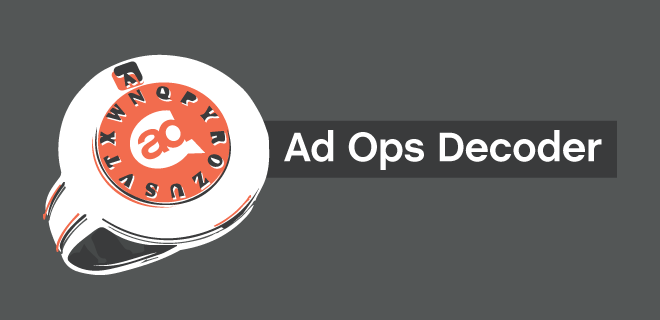
The Video Ad Serving Template (VAST) standard was created to allow ad servers to communicate with video players. Before VAST was on the scene, ad creative had to be coded specifically to work with each proprietary player the advertiser wanted it to work with. The VAST Decoder explains more fully what that standard facilitated.
VAST, then, brought unforeseen scale to the digital video marketplace. The Video Player Ad-Serving Interface Definition (VPAID) was in turn created to enhance the functionality of the video ad unit—more interactivity (for the user) with the unit and player, more detailed reporting capabilities, and other advantages for both publisher and buyer.
VPAID is simply an interface and an application, which is layered onto VAST. Through VPAID, the ad unit itself communicates with the video player, which gives the ad a set of common functionalities to execute on. Without VPAID or something else like it, advertisers and agencies would still have to develop a different version of the ad creative for each player they want to hit.
To bring that all around, VAST helps the server and player communicate, VPAID helps the player and ad unit communicate. Both help make the video marketplace scalable in an environment that would otherwise be fragmented by player type.
But VPAID brings along other benefits for advertisers. As we’d mentioned, it allows for reporting on the user’s engagement with the ad unit and the player. It can be used as a decisioning engine in the programmatic market, and it also allows more units to be placed in a video stream than VAST can support on its own.
So VPAID solves a lot of problems, which would give buyers reason to ask publishers to be VPAID-compliant. But as with a lot of things in ad tech, VPAID can also cause new problems. Buyers have blamed VPAID for throwing their own auctions when they’ve used it for decisioning. Some publishers think VPAID gives the buyer too much control over the player. Some publishers have blamed VPAID for launching the native player on the user’s device. Also, Google currently does not support all tracking for VPAID creative.
To date, VPAID has been used to help measure viewability and verification. VAST 4.0, released in January 2016, comes with viewability and verification measurement built in already. VAST 4.0 also was meant in part to facilitate ad stitching (server-side insertion), which some had noticed was problematic using VPAID. As it stands, adoption of VAST 4.0 has been rather slow through 2016, but many expect 2017 to be the year it takes off. The specs for VPAID itself haven’t been updated in a few years—the IAB launched the current version, VPAID 2.0, back in 2012.
AdMonsters Resources:
Programmatic Video in Bloom (2016)
AdMonsters Playbook: The Ultimate Digital Video Guide (2015)